Future-Proofing Your Supply Chain: Must-Know Automation Technologies
The Future of Business: Navigating the Convergence of AI, Crypto, and Supply Chain Automation The business landscape is undergoing a seismic shift, driven by rapid advancements in artificial intelligence (AI), the evolving world of cryptocurrency, and a renewed focus on resilient and efficient operations. At the heart of this transformation lies the power of supply chain automation technologies. Businesses are realizing that a smarter, more agile supply chain isn't just a competitive advantage – it’s a necessity for survival in today’s volatile market. This post delves into how these interconnected forces are reshaping industries, creating new opportunities, and demanding a proactive approach to future-proofing your business. We'll explore the impact of these technologies, focusing on how businesses are achieving supply chain optimization and preparing for the challenges and rewards of tomorrow. AI-Powered Supply Chain: Predicting Disruptions and Optimizing Flows Artificial intelligence isn't just a buzzword; it's fundamentally changing how companies manage their supply chains. AI agents and automation tools are enabling unprecedented levels of predictive capabilities, allowing businesses to anticipate disruptions and proactively adjust their strategies. Machine learning algorithms can analyze vast datasets – from weather patterns to geopolitical events to consumer demand – to identify potential bottlenecks and risks before they impact operations. Here's how AI is revolutionizing supply chain management: Demand Forecasting: AI models can analyze historical sales data, market trends, and even social media sentiment to predict future demand with remarkable accuracy. This minimizes overstocking and reduces waste. Consider using tools mentioned in articles on supply chain automation for this. Risk Management: AI algorithms can identify potential supply chain vulnerabilities, like reliance on a single supplier or exposure to political instability. This allows businesses to develop contingency plans and diversify their sourcing. Inventory Optimization: AI-powered systems dynamically adjust inventory levels based on real-time demand and supply data, minimizing carrying costs while ensuring product availability. Automated Logistics: AI is powering autonomous vehicles, drones, and robotic systems that automate warehouse operations and last-mile delivery. The Crypto Connection: Transparency, Traceability and Secure Payments While still in its early stages, the integration of blockchain technology and cryptocurrency is poised to significantly impact supply chain management. Blockchain provides an immutable ledger, creating a transparent and traceable record of every transaction and movement of goods. This is a game-changer for industries grappling with counterfeit products, ethical sourcing concerns, and lack of supply chain visibility. Here’s how cryptocurrency and blockchain are making waves: Enhanced Traceability: Blockchain enables end-to-end tracking of products, from origin to consumer, ensuring authenticity and provenance. This is particularly crucial for industries like pharmaceuticals and luxury goods. Secure Payments: Cryptocurrency facilitates faster, more secure, and cost-effective payment processing, eliminating intermediaries and reducing transaction fees. Smart contracts can automate payments based on pre-defined conditions, reducing disputes. Improved Transparency: All stakeholders in the supply chain can access the same information, fostering trust and collaboration. This reduces the potential for fraud and corruption. Decentralized Finance (DeFi) for Supply Chain Finance: DeFi protocols are offering alternative financing solutions for suppliers, improving cash flow and reducing reliance on traditional banks. Automation Everywhere: Robotics, IoT, and Smart Warehouses The physical backbone of supply chain automation relies heavily on robotics, the Internet of Things (IoT), and smart warehouse technologies. These technologies work synergistically to streamline operations, improve efficiency, and reduce human error. Key components of this automated ecosystem include: Robotics: Robots are being used for a variety of tasks, including picking, packing, sorting, and transporting goods within warehouses. IoT Sensors: Sensors embedded in products, equipment, and vehicles collect real-time data on location, temperature, humidity, and other critical parameters. This data is used for monitoring, optimization, and predictive maintenance. Smart Warehouses: Smart warehouses leverage data analytics and automation to optimize storage space, improve picking efficiency, and reduce labor costs. Autonomous Guided Vehicles (AGVs) & Autonomous Mobile Robots (AMRs): These are becoming increasingly popular for moving goods around warehouses and distribution centers. Technology Benefits Challenges AI-Powered Demand Forecasting Improved accuracy, reduced waste Data quality requirements, algorithm complexity Blockchain Traceability Enhanced transparency, fraud prevention Scalability issues, regulatory uncertainty Robotics & Automation Increased efficiency, reduced labor costs High initial investment, integration complexity IoT Sensors Real-time visibility, predictive maintenance Data security, connectivity challenges Alternative Investment Strategies in the Era of Supply Chain Resilience The vulnerabilities exposed in recent years have sparked interest in alternative investment strategies that focus on long-term supply chain resilience. This is a growing area attracting both institutional and retail investors keen to capitalize on the shift towards more robust and diversified supply networks. Here are some options to consider: Private Equity Funds: Investing in companies involved in logistics, warehousing, and manufacturing can provide exposure to the growth potential of the supply chain optimization sector. Infrastructure Investments: Investing in ports, rail lines, and other critical infrastructure provides a hedge against supply chain disruptions and generates stable returns. Specialty Food & Agriculture: Investing in companies focused on local sourcing and sustainable agriculture can mitigate risks associated with global supply chains. Strategic Partnerships: For businesses, forming strategic alliances with suppliers and logistics providers is an investment in long-term resilience. Preparing for the Future of Supply Chains: A Strategic Imperative The convergence of AI, crypto, and advanced automation is not just a technological trend—it is a fundamental shift in the way businesses operate. To thrive in this evolving landscape, companies must embrace these technologies and actively invest in building resilient, agile, and data-driven supply chains. supply chain automation technologies present significant opportunities for businesses willing to adapt. The journey towards a more intelligent supply chain requires a strategic vision, a commitment to innovation, and a willingness to embrace change. Ready to learn more about building a future-proof supply chain? Share your thoughts in the comments below! Or, explore related resources on supply chain optimization.
Share this content:
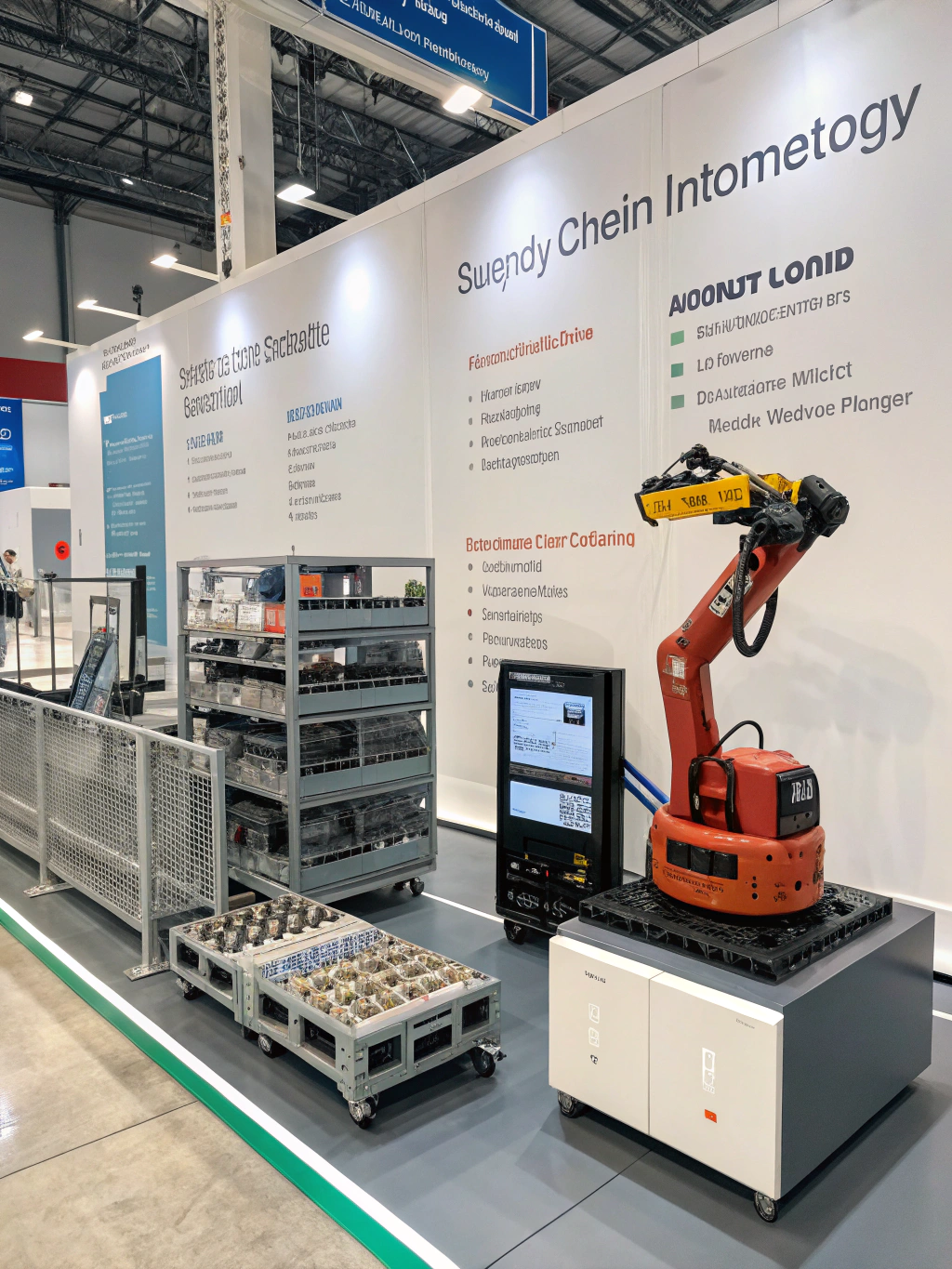
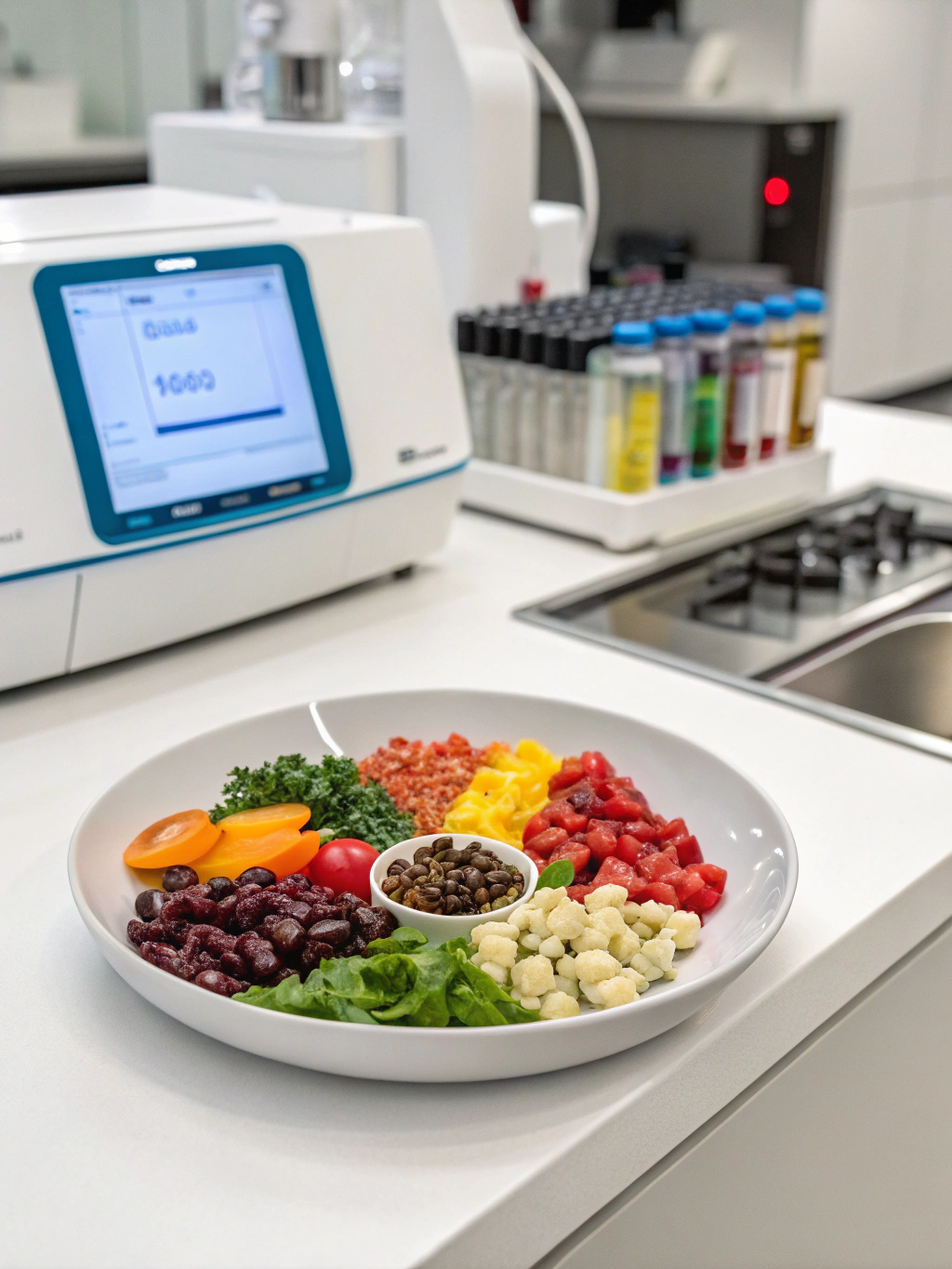
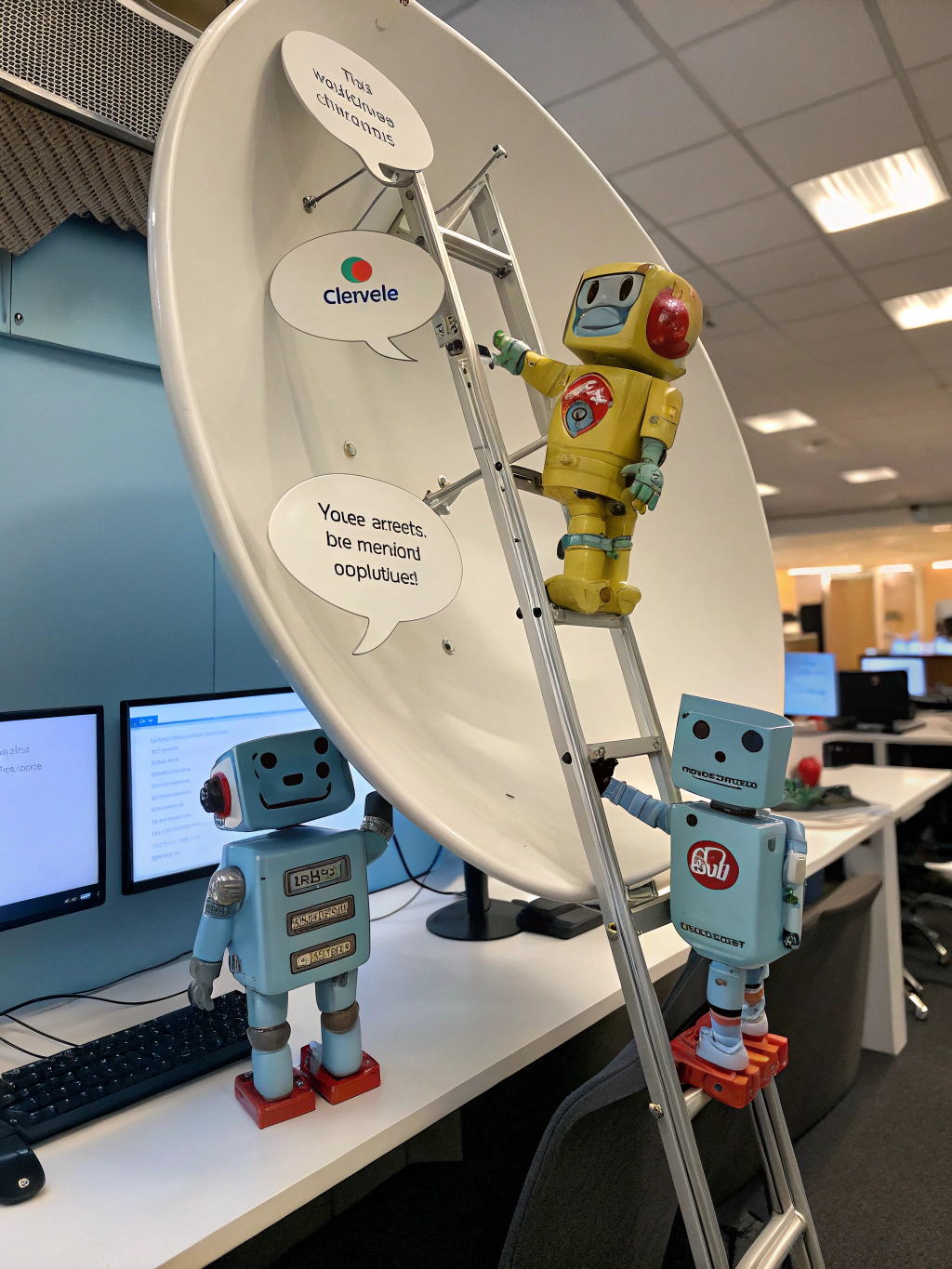
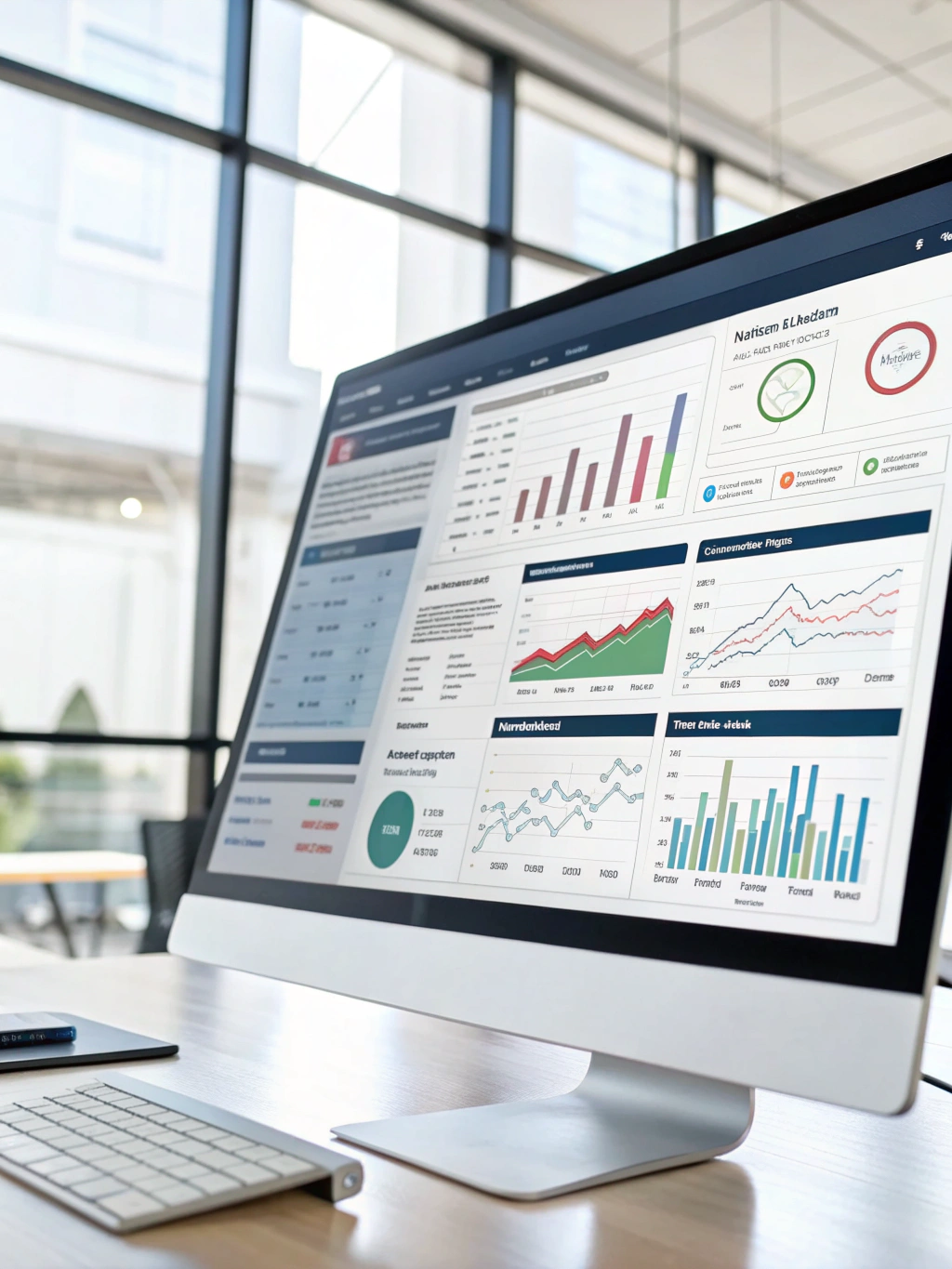
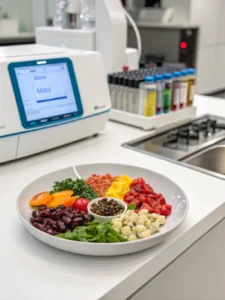

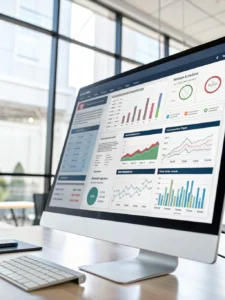



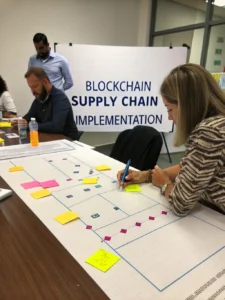
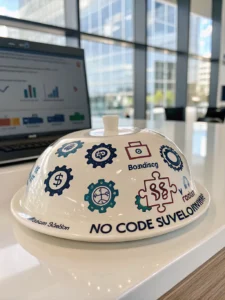
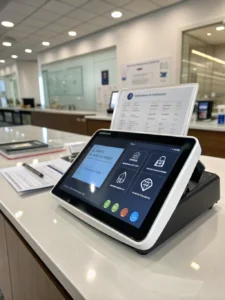
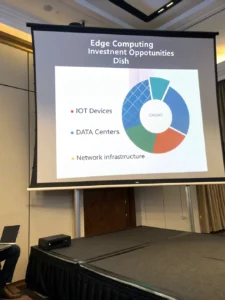
Post Comment